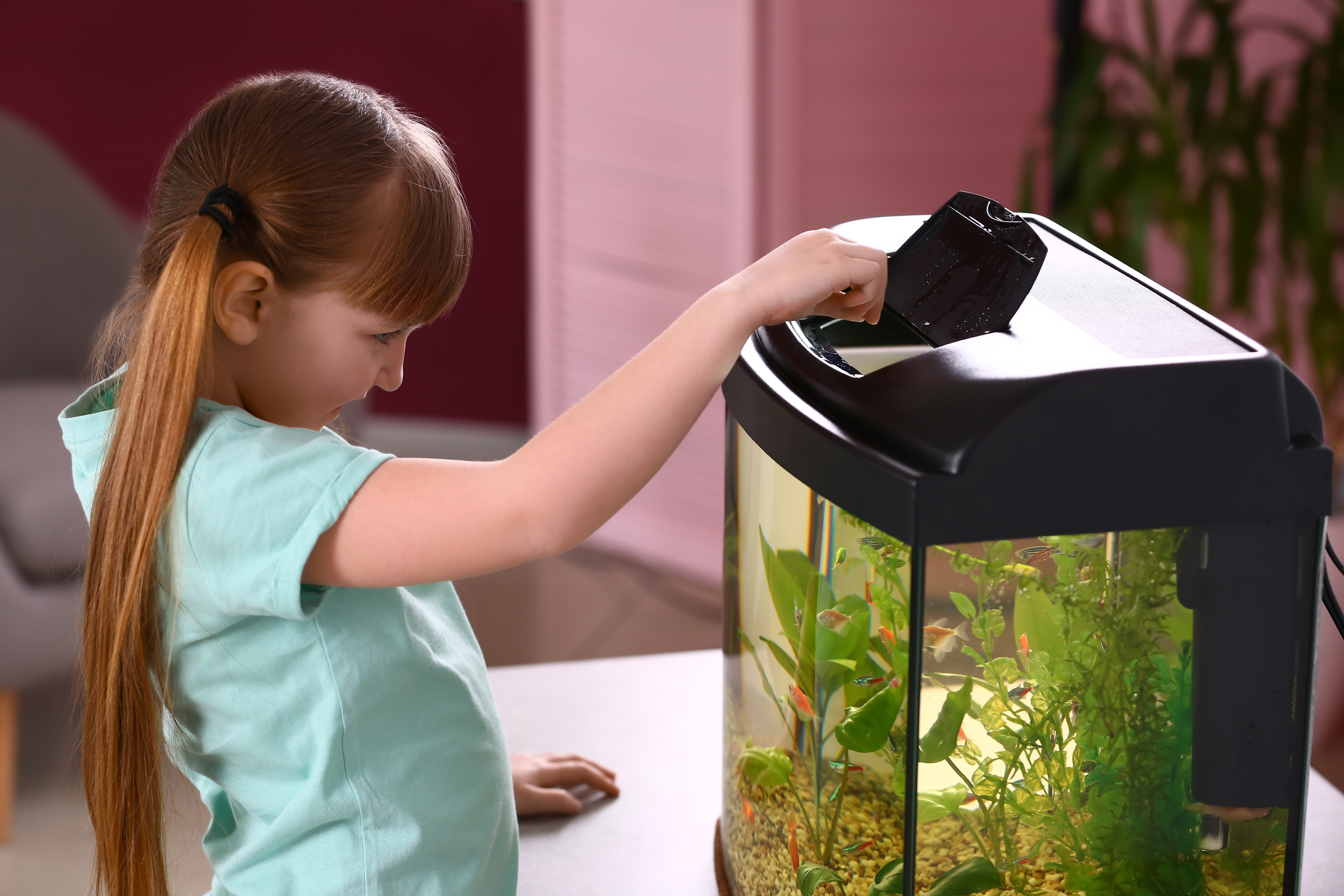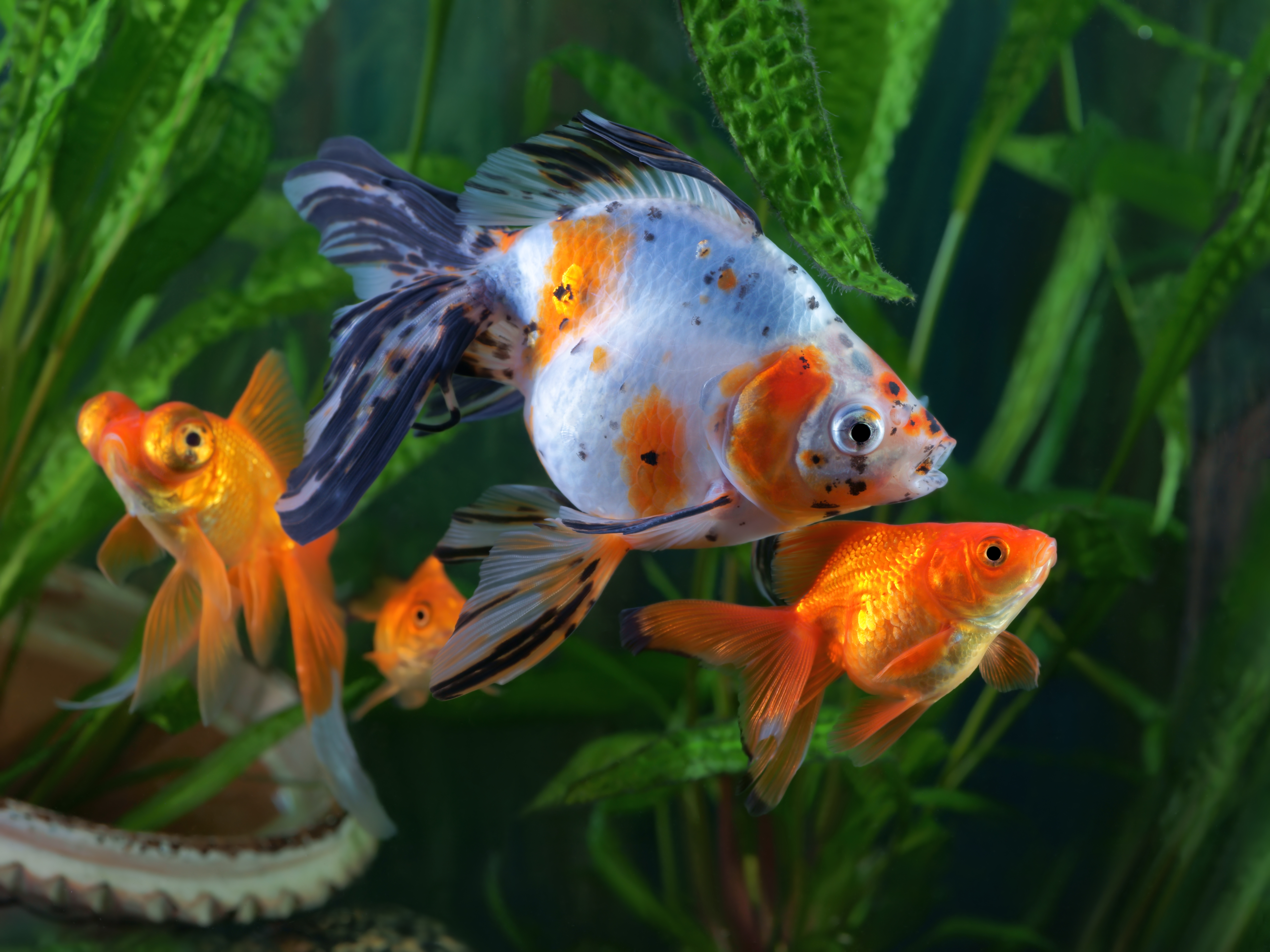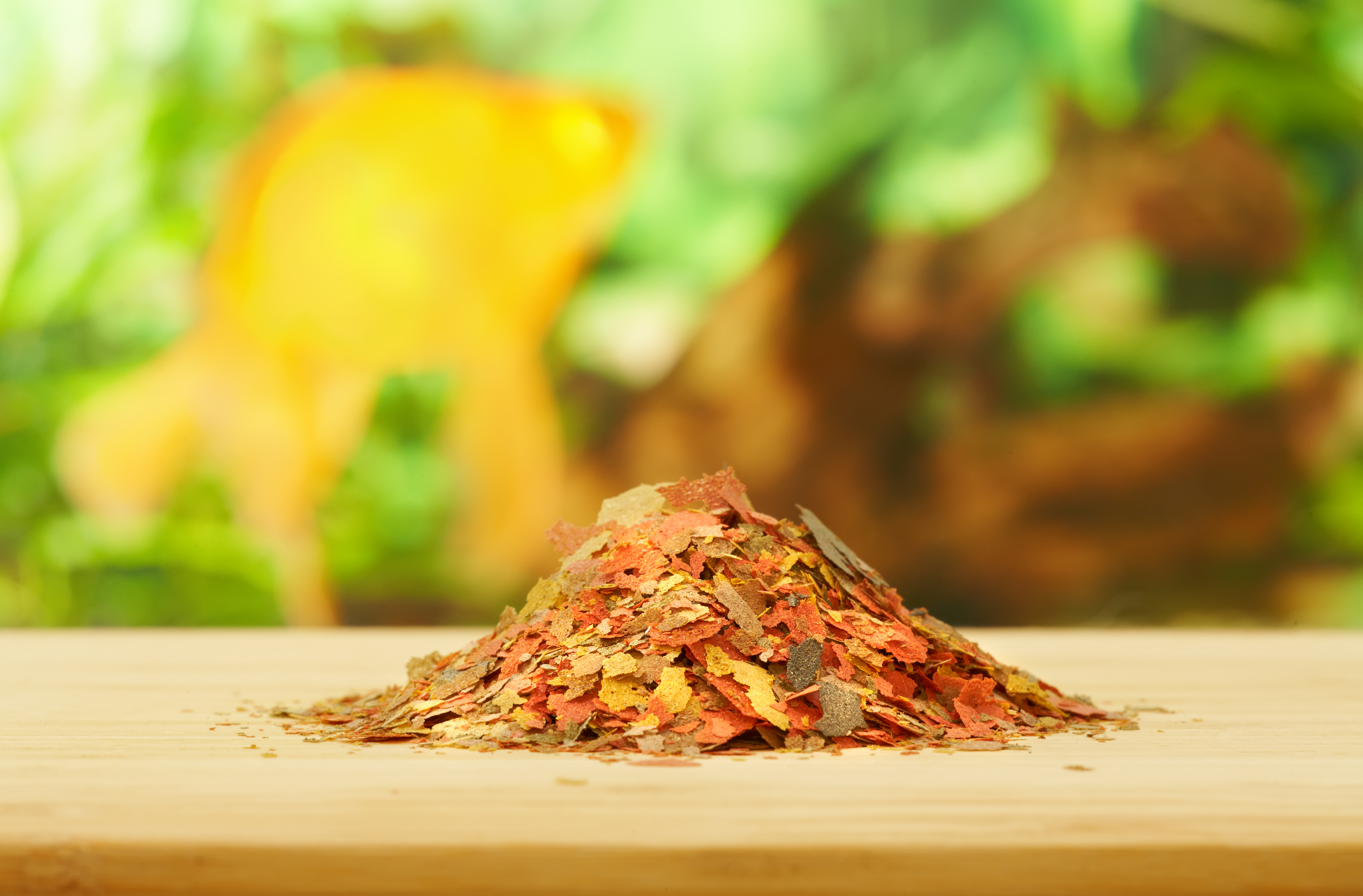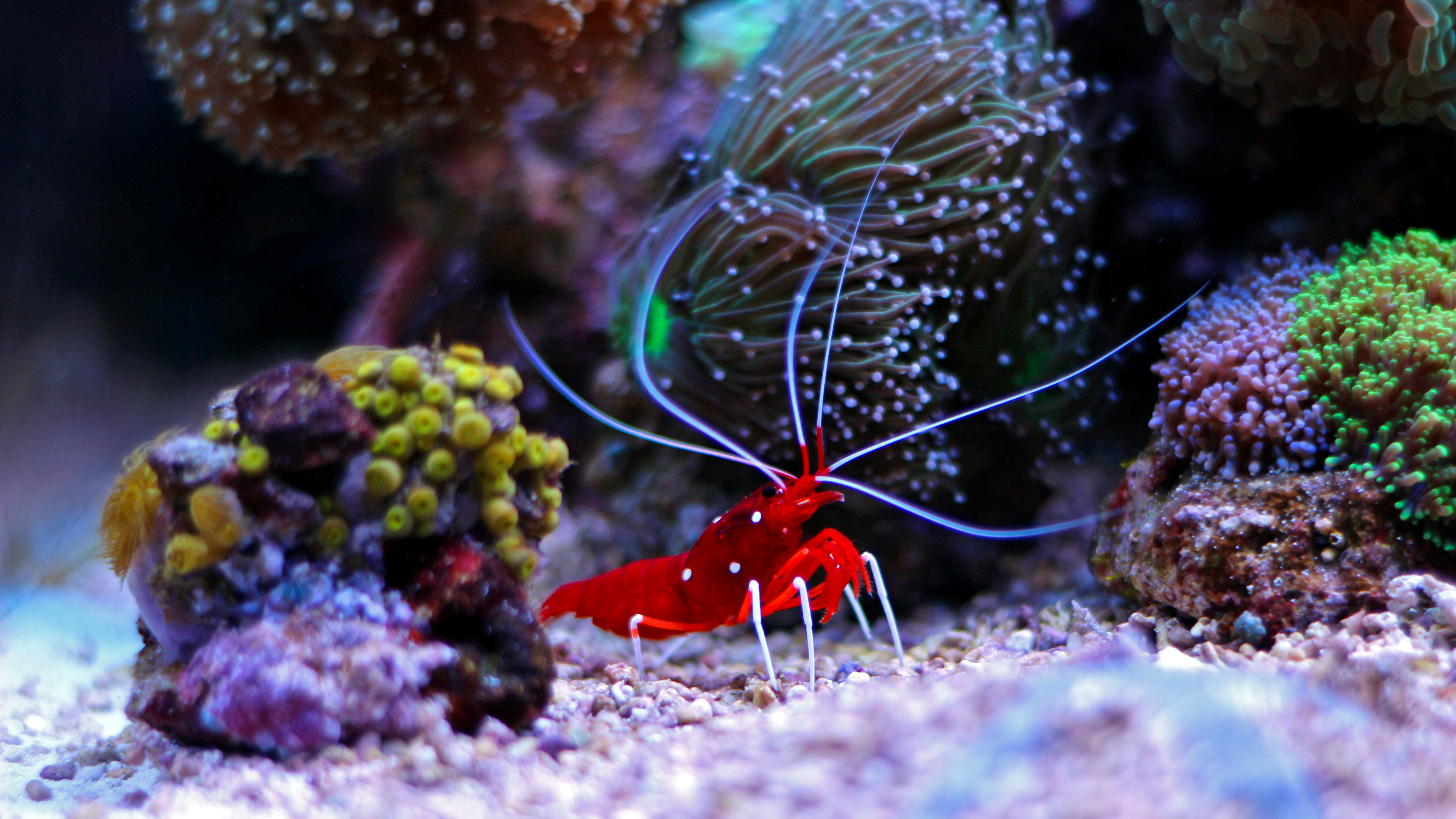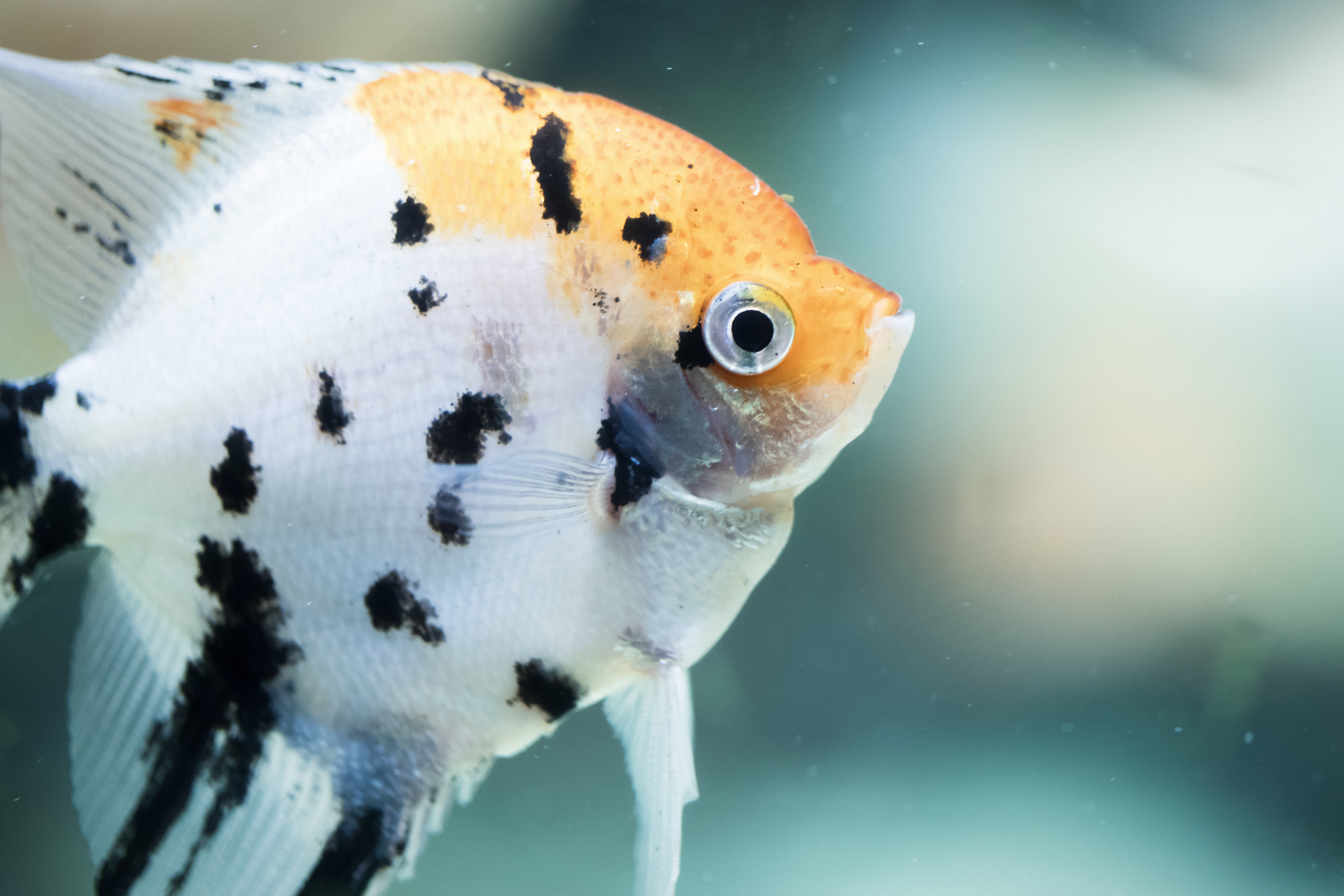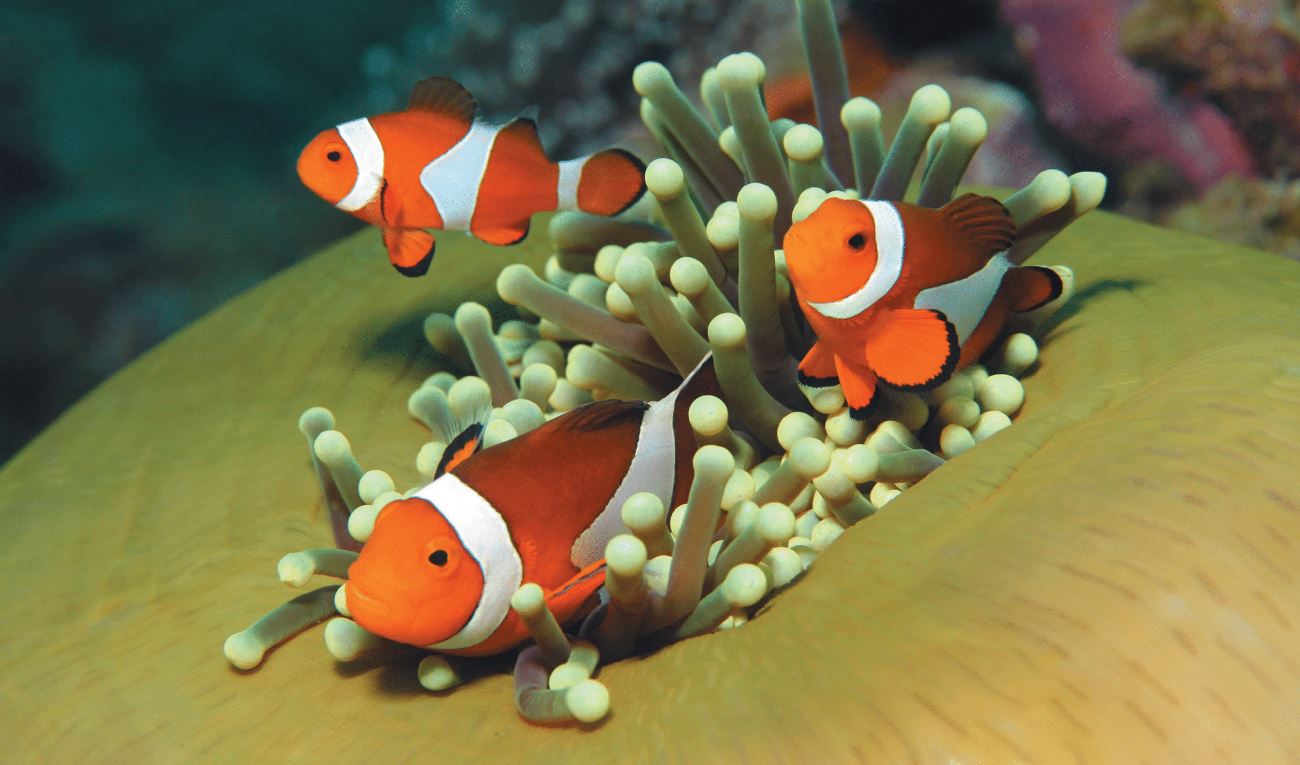Winter Is Coming
Joe Olenik //July 1, 2015//
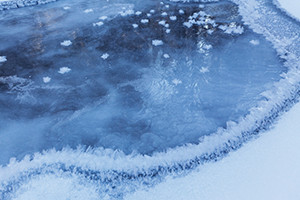 Pond owners and water gardeners who live in cooler climates need to make special preparations to get their fish and plants through winter. Store owners are positioned to make sure they’re successful in doing so. Making sure customers are well informed and properly prepared will ensure they continue in the hobby and come back to you each year for their supplies and livestock. The continental United States is divided into climate zones and how pond owners prepare for winter will depend on what zone they’re in, how large and deep their ponds are and what types of fish and plants they have.
Pond owners and water gardeners who live in cooler climates need to make special preparations to get their fish and plants through winter. Store owners are positioned to make sure they’re successful in doing so. Making sure customers are well informed and properly prepared will ensure they continue in the hobby and come back to you each year for their supplies and livestock. The continental United States is divided into climate zones and how pond owners prepare for winter will depend on what zone they’re in, how large and deep their ponds are and what types of fish and plants they have.
“A lot depends on what part of the country the pond is located,” said Tim Plafcan, senior product manager, Spectrum Pet, Home & Garden for United Pet Group. “Weather patterns are changing, which makes it more challenging each year but historically if you are located further north, where winters are more severe and temperatures are low for months at a time, it is best to shut down the pond. In moderate weather zones, where temperatures fluctuate between freezing and above, it is possible to keep the pump and any waterfalls running.”
Winter Equipment
Keeping a pond filled with water during winter will help prevent damage to the liner caused by falling branches or ice formation. Pumps, filters—especially canister style—and UV sterilizers should be brought indoors to prevent the housings from cracking as water freezes and expands. If removing them is difficult or impossible, they should be completely drained and covered with blankets or other insulation.
Owners will need to vacuum up or net out excess waste and debris from the pond in fall, especially if they are leaving the fish out. Decomposing organic material consumes oxygen and increases the risk of fish suffocating under the ice. The Ulti-Vac from Python Products is an affordable pond vacuum system that is easy to operate and attaches to standard garden hoses. Python also makes high-quality skimming and dip nets for removing leaves and bottom debris. Python nets are durable and are proudly made in the U.S.A.
To keep the ice open and water well oxygenated during winter, stock up with Pondmaster aerators and circulation pumps from Danner Manufacturing. Hagen’s Laguna Complete Winterizing Kit is also a great turnkey value as it includes their PowerHeat Heated De-Icer, Aeration Kit, protective netting and Spring/Fall Goldfish & Koi Food pellets. To boost sales, create a winterizing display for these items and advise pond owners to install them well before the first freeze.
What About the Fish?
Koi and goldfish are theoretically cold-water tolerant. However, many pond fish farms are located in warm climates, such as the southern U.S. and Southeast Asia, making it unlikely that these fish have ever experienced cold weather. If the fish you sell are farmed in one of these areas and your customers are going to overwinter them outdoors, they should be introduced to the pond early enough in summer to allow ample time for them to acclimate to falling temperatures.
“In most parts of the United States, fish can be left in the pond during the winter, providing the depth of the pond is adequate (18 inches minimum or deeper in harsher climate zones),” said Plafcan. “Some types of fish, such as fancy goldfish, bubble eyes and lionheads, are sensitive to cold weather and should be brought indoors.”
Fish that will be left in the pond during winter should be weaned onto a wheat germ food like Tetra Pond Spring and Fall Diet or Cobalt Aquatics’ JPD Fuyufuji diet. Make sure you’re well stocked with these foods as fall approaches and recommend them to your customers. Wheat germ is more digestible and helps bolster fish for the rigors of winter.
“You should slow down your feeding when the water temperature dips below 70°F and start mixing in wheat germ diets little by little,” said Les Wilson of Cobalt Aquatics. “Change over from your warm weather staple and/or growth diets to [a] wheat germ-based diet completely when the water temp drops to 50°F and stop feeding for the year when the pond temp dips below 39° F.”
Don’t Forget the Plants
Pond plants can be broadly grouped as tropical or hardy and should be wintered according to their ability to withstand cold.
“Most aquatic plants (with the exception of tropical lilies and water hyacinths) can be left in the pond through the winter,” said Plafcan. “Trim back all dead foliage and then submerge the plants in the bottom or deeper section of the pond to prevent the plants from freezing. Hardy water garden plants will come back year after year. Pond owners should consider bringing tropical lilies and water hyacinths indoors for the colder months.”
Proper lighting is key to successful indoor growth and high-output fixtures like Coralife’s Aqualight high-output T5 dual-lamp fixtures or Marineland’s Reef LED lights are perfect for this purpose when suspended above pond plants.
Finally, generate a checklist for your customers to help them get their ponds ready for winter. Have it available as fall starts falling and make sure your store is well stocked with all the products they’ll need. By being proactive, you’ll not only generate sales but your customers will thank you and keep coming back.





